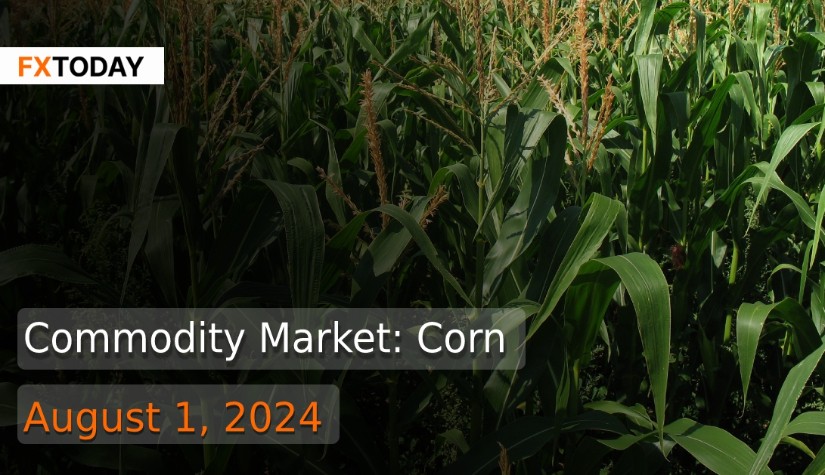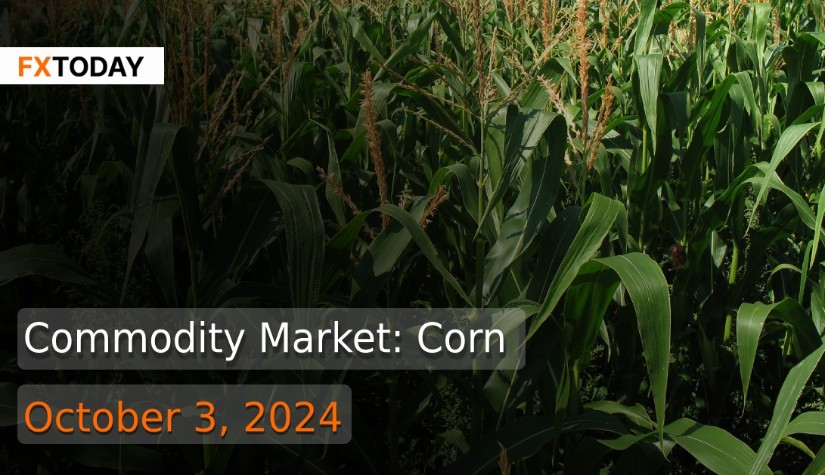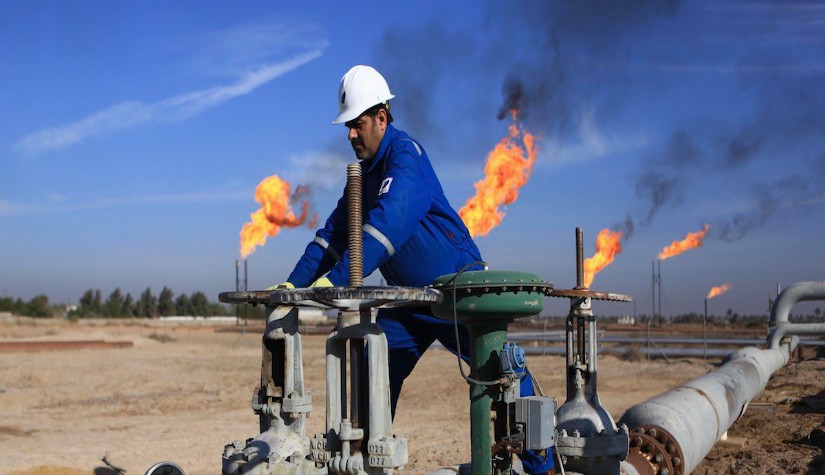Corn Futures Drop Below $4 Amid Favorable Weather Forecasts
December corn futures closed below $4, the lowest in nearly four years. The weather, including potential severe storms and high heat, is closely watched. Recently, 104,572 tons of new crop U.S. corn were sold to unknown destinations. The U.S. corn rating improved to 68% good to excellent, higher than last year's 55%. The main concern for corn remains acreage, especially the harvested area, with the USDA's next report due on August 12th. Ethanol production reached a record 1.109 million barrels per day last week, with stocks hitting a 10-week high. The Ukraine Grain Traders Association estimates a national crop of 71.8 million tons, lower than the USDA's estimate due to heat.
The U.S. corn outlook for 2024/25 shows larger supplies, increased domestic use and exports, and slightly lower ending stocks. Beginning stocks are reduced by 145 million bushels due to higher usage in 2023/24. Exports are raised by 75 million bushels, and feed and residual use are up by 75 million bushels. Corn production is forecast to increase by 240 million bushels, with total use rising by 100 million bushels. The season-average farm price is lowered to $4.30 per bushel.
Global coarse grain production for 2024/25 is forecast to rise by 1.2 million tons. Foreign corn production is reduced due to declines in the EU, Canada, and Russia. Major global trade changes include higher U.S. corn exports and increased imports for Canada and Mexico. Global corn stocks are projected to rise slightly to 311.6 million tons.
On Wednesday, December corn futures dropped on the Chicago Board of Trade, marking the first dip below $4 since November 2020. This decline is attributed to favorable weather forecasts for the Corn Belt, suggesting a strong crop yield. Farmers in the region are expected to experience wet and mild conditions in early August, contrary to earlier hot and dry forecasts. This shift in weather is seen as beneficial for the corn crop, which is expected to remain large and potentially drive prices lower.
Analysts believe that weather is the primary factor influencing prices, with no current bullish factors. The potentially higher corn shipments, due to U.S. corn being cheaper than Brazilian corn, also affects the market. The USDA reported a flash sale of corn to unknown destinations, which may be a positive sign for exports.
However, low commodity prices are impacting profitability for farmers and agricultural corporations, with companies like Bunge reporting lower-than-expected earnings. The NOAA's 7-day forecast predicts significant rainfall in key corn-producing states, which further supports the expectation of a strong crop.
U.S. corn prices are more competitive compared to Brazil and Ukraine. The basis, which reflects the difference between cash and futures prices, is the fourth strongest in a decade, indicating strong demand.
Despite good demand, favorable weather forecasts and a significant net short position held by speculative traders are pushing prices down.
Low price expectations persist for corn through 2024, influenced by good supply and stable demand, with future prices also suggesting lower levels. A U.S. court ruling against the EPA's biofuels blending waivers could reduce demand for biofuel feedstocks, including corn and soy oil. The USDA's upcoming reports on acreage and field-level data will provide further insights into the crop's condition.
In the technical analysis, corn prices fell yesterday, nearing the initial target of $393.50. Further declines are anticipated, potentially reaching $380.00. The EMA50 indicator is exerting negative pressure, supporting the continuation of this bearish trend. This outlook will remain unless prices rally and exceed $410.00. The expected trading range is between $385.00 support and $405.00 resistance.
Data for Technical Analysis (1D) CFD US Corn Futures - Dec 24 (ZCZ4)
Resistance : 404.68, 406.70, 409.95
Support : 398.18, 396.16, 392.91
1D Outlook
Source: TradingView
Buy/Long 1 If the support at the price range 393.18 - 398.18 is touched, but the support at 398.18 cannot be broken, the TP may be set around 404.98 and the SL around 390.68, or up to the risk appetite.
Buy/Long 2 If the resistance can be broken at the price range of 404.68 - 409.68, TP may be set around 413.50 and SL around 395.68, or up to the risk appetite.
Sell/Short 1 If the resistance at the price range 404.68 - 409.68 is touched, but the resistance at 404.68 cannot be broken, the TP may be set around 396.46 and the SL around 412.18, or up to the risk appetite.
Sell/Short 2 If the support can be broken at the price range of 393.18 - 398.18, TP may be set around 387.22 and SL around 407.18, or up to the risk appetite.
Pivot Points Aug 1, 2024 03:24AM GMT
|
Name
|
S3
|
S2
|
S1
|
Pivot Points
|
R1
|
R2
|
R3
|
|---|---|---|---|---|---|---|---|
| Classic | 387.94 | 392.91 | 396.46 | 401.43 | 404.98 | 409.95 | 413.5 |
| Fibonacci | 392.91 | 396.16 | 398.18 | 401.43 | 404.68 | 406.7 | 409.95 |
| Camarilla | 397.66 | 398.44 | 399.22 | 401.43 | 400.78 | 401.56 | 402.34 |
| Woodie's | 387.22 | 392.55 | 395.74 | 401.07 | 404.26 | 409.59 | 412.78 |
| DeMark's | - | - | 394.68 | 400.54 | 403.2 | - | - |
Sources: Successful Farming, Economies.com
















